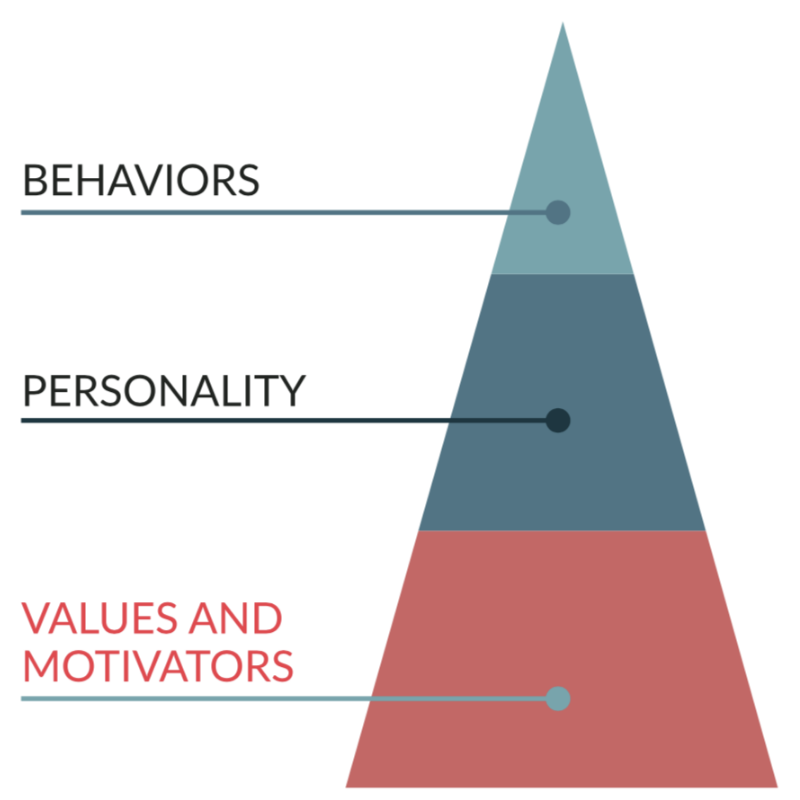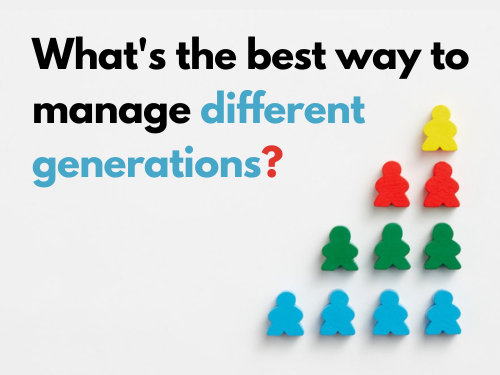Like many coaches, I find it helpful to begin a new partnership with a focus on self-knowledge. Whether you use a wheel of life or a psychometric assessment, the goal is the same: to provoke insight and empower your client to move forward with a greater understanding of themselves.

Your exploration of the results is the most important step with any coaching tool, and the type of assessment you choose will ultimately influence what gets discussed.
What I like about using Attuned is that the focus on Intrinsic Motivation provides a unique perspective: Instead of the more visible characteristics and behaviors that make up our personalities, Attuned looks at motivations that lie beneath the surface. This takes the conversation deeper, quicker and brings awareness to topics like fulfillment and personal values.








